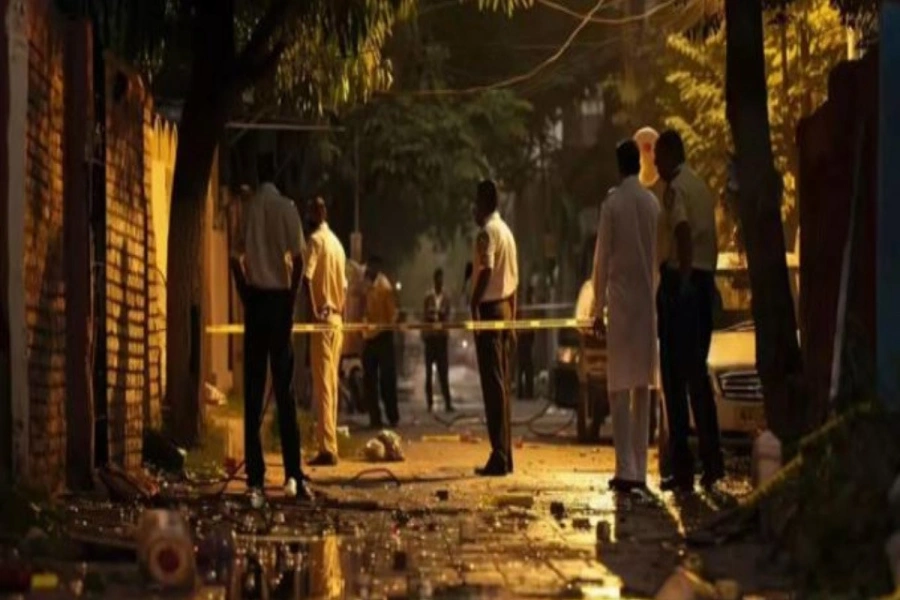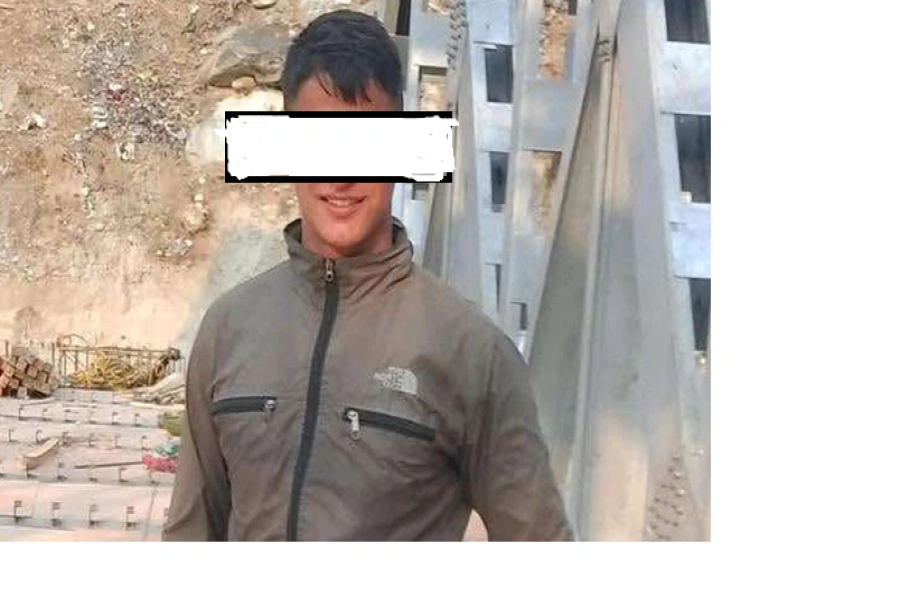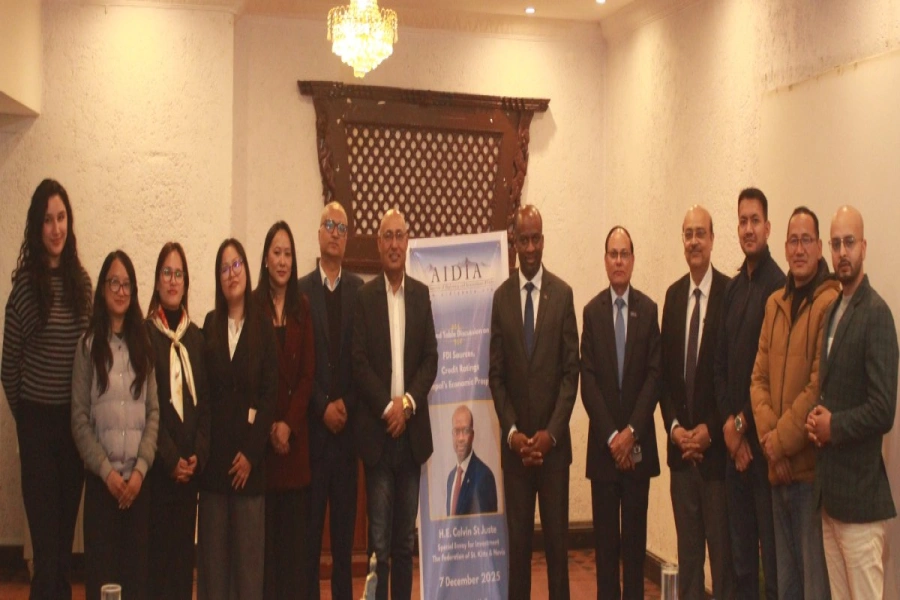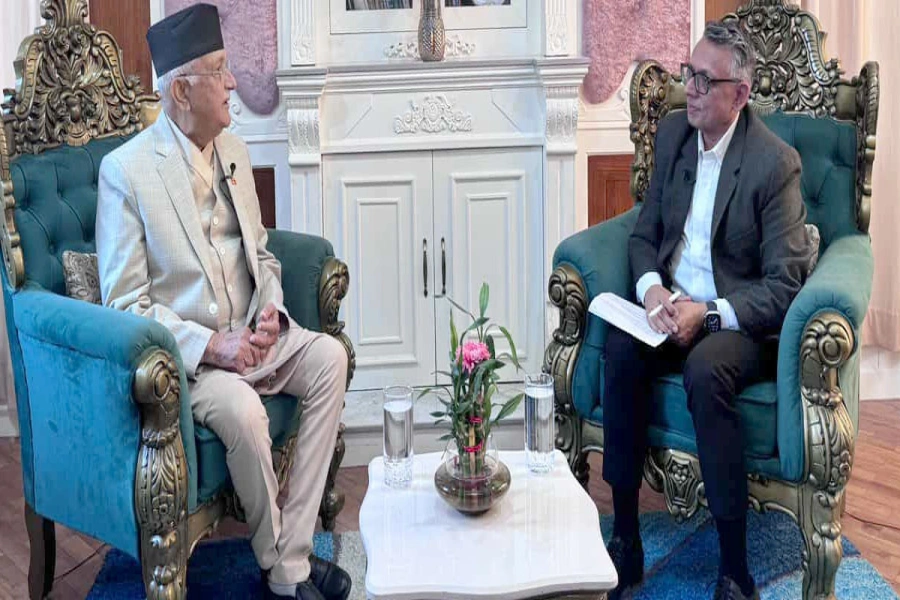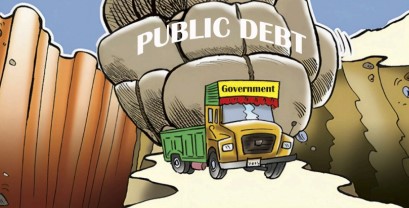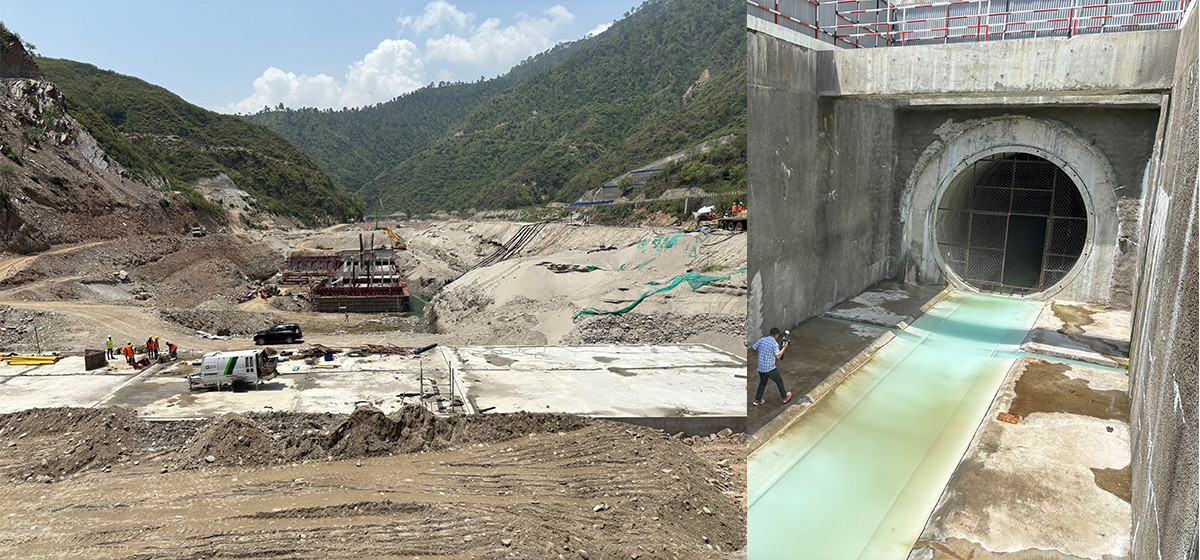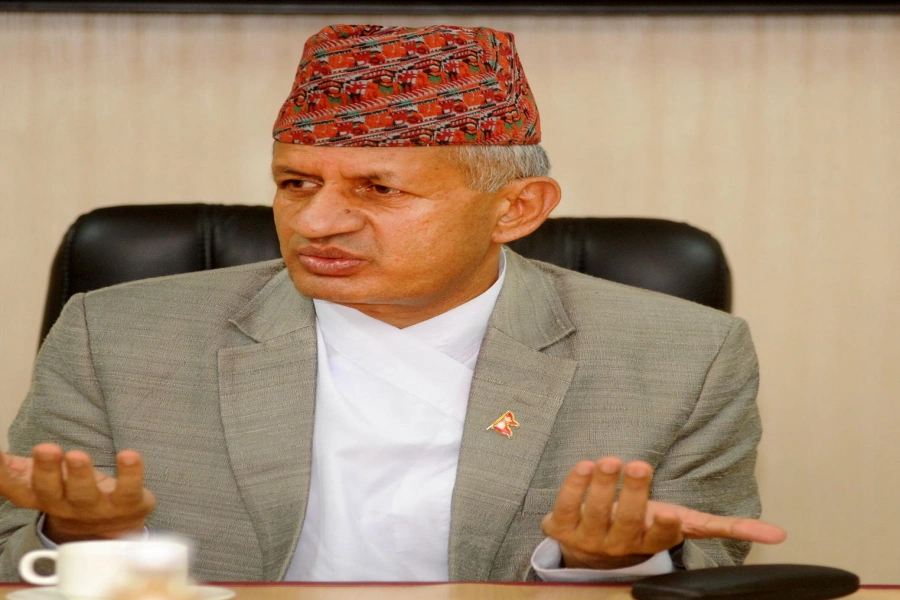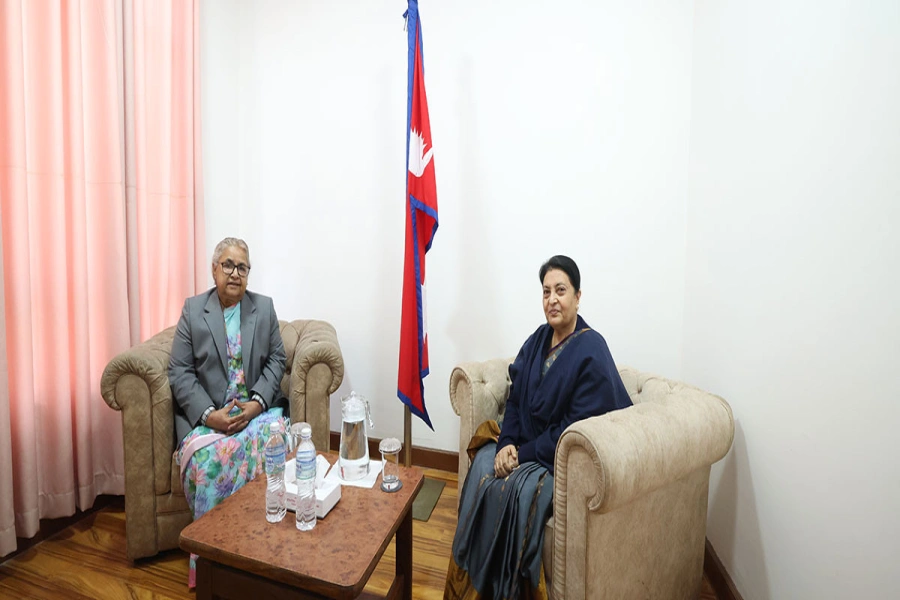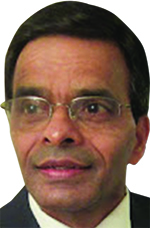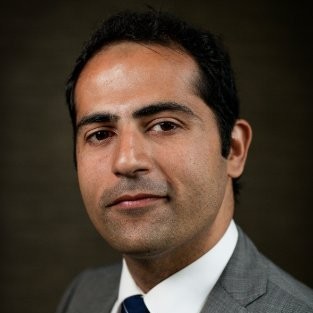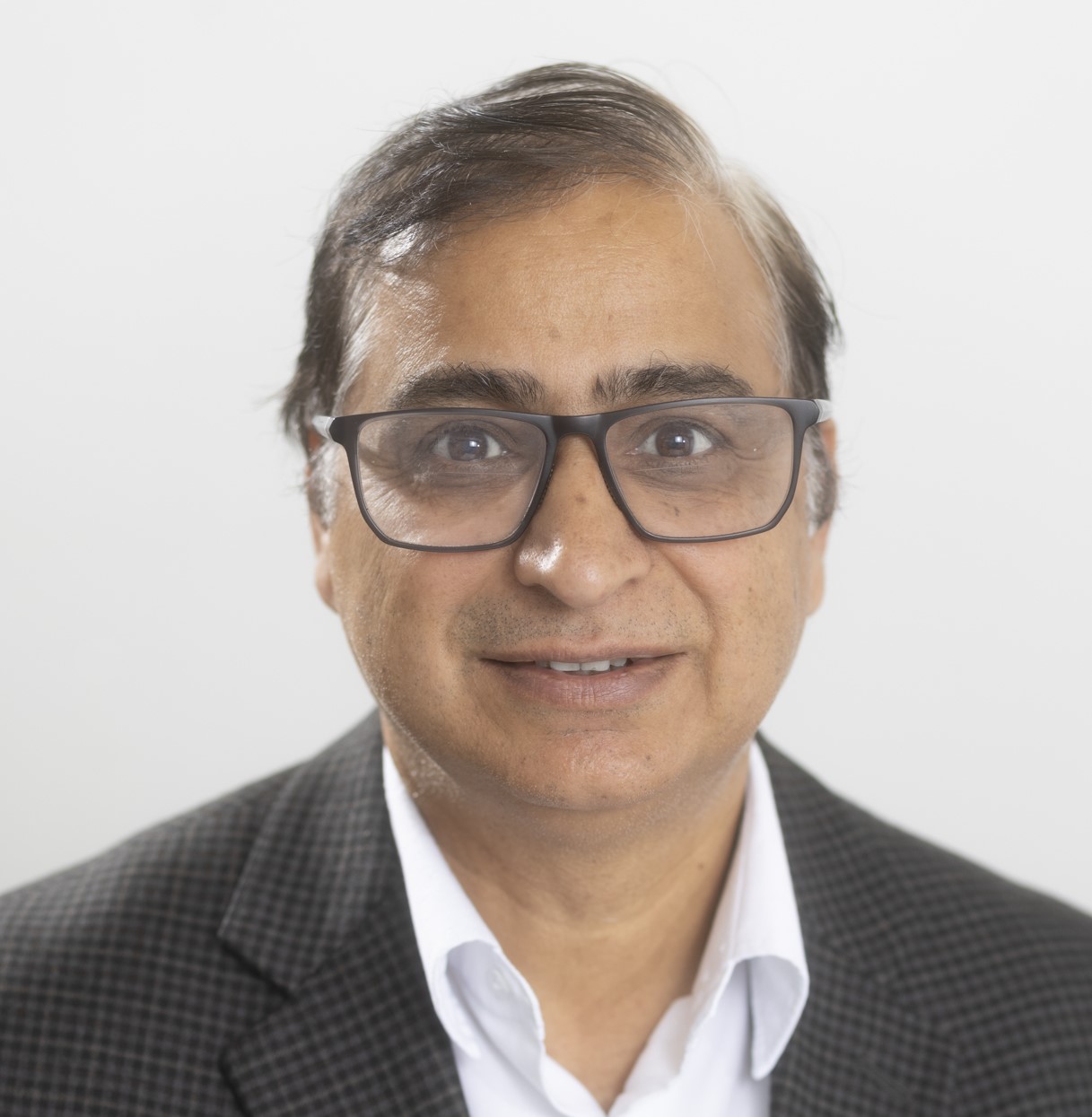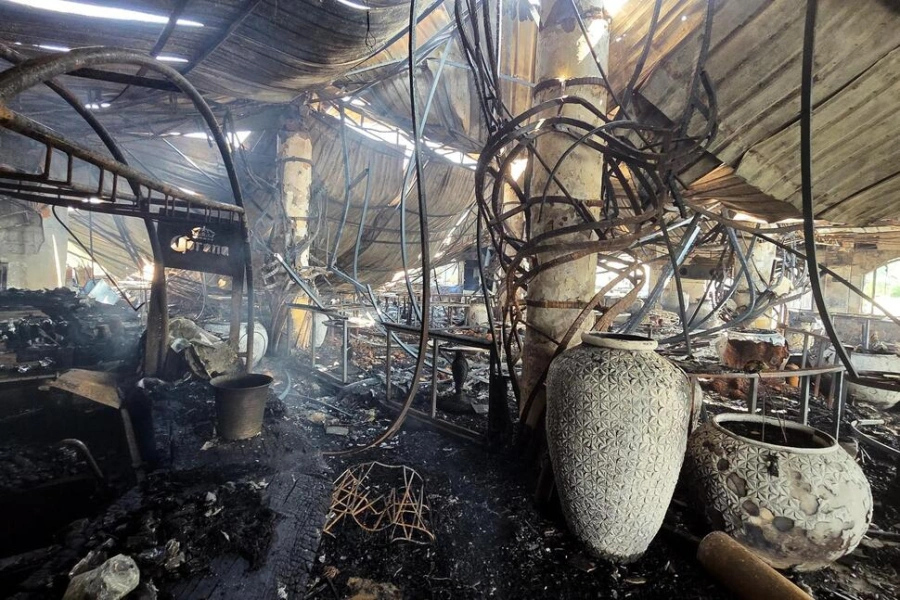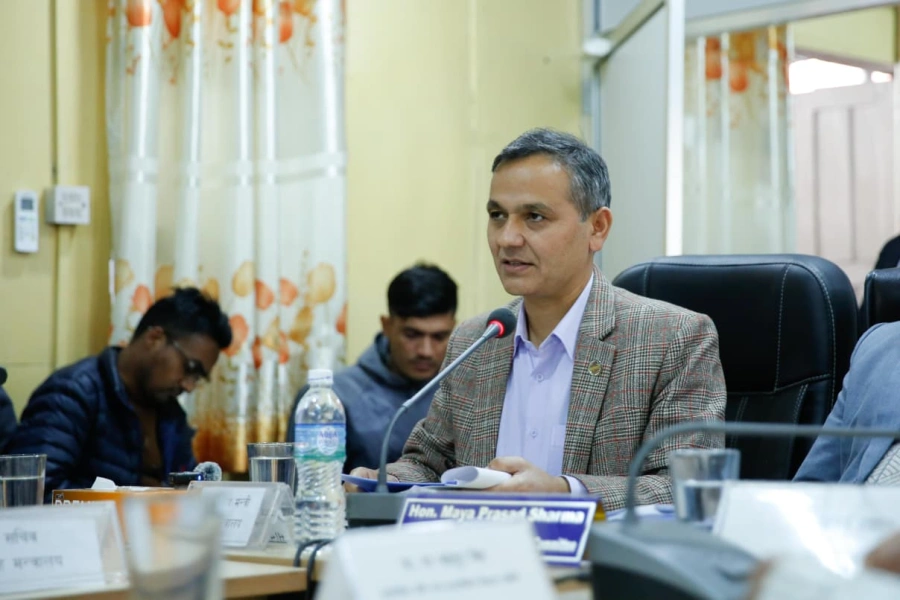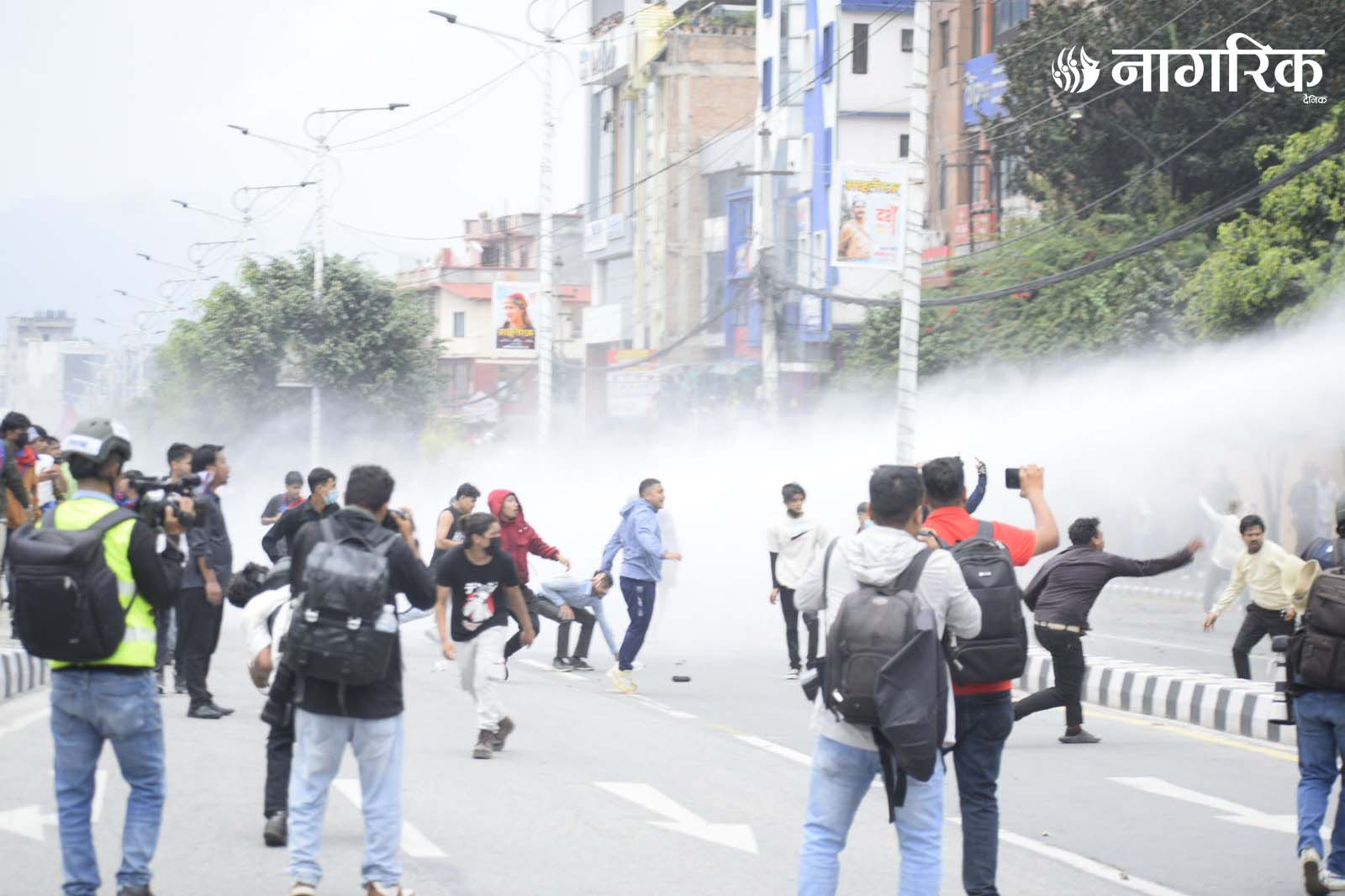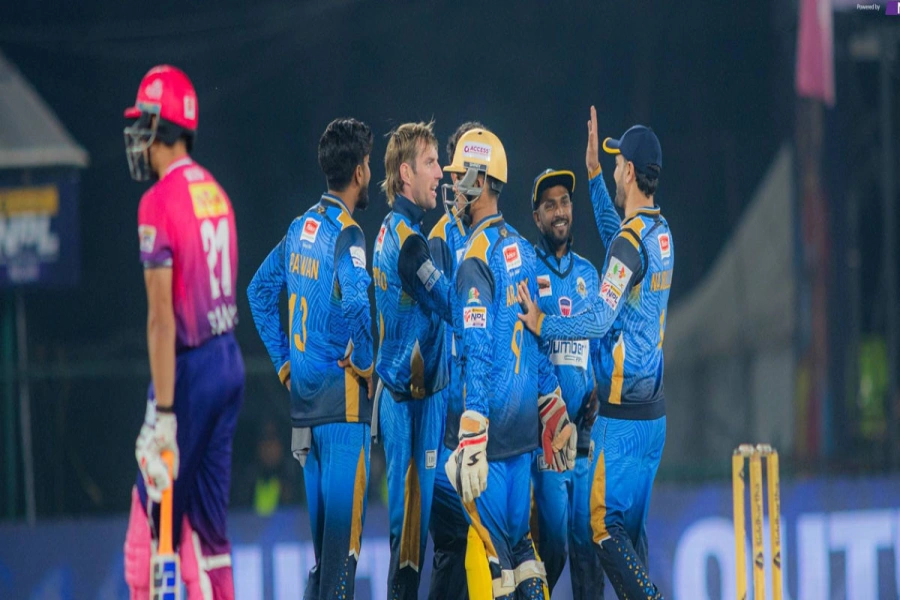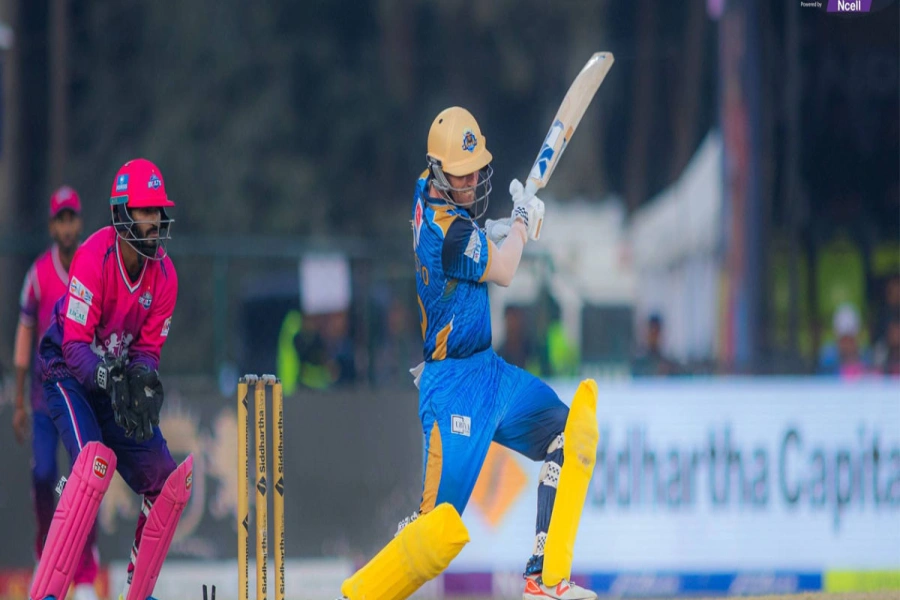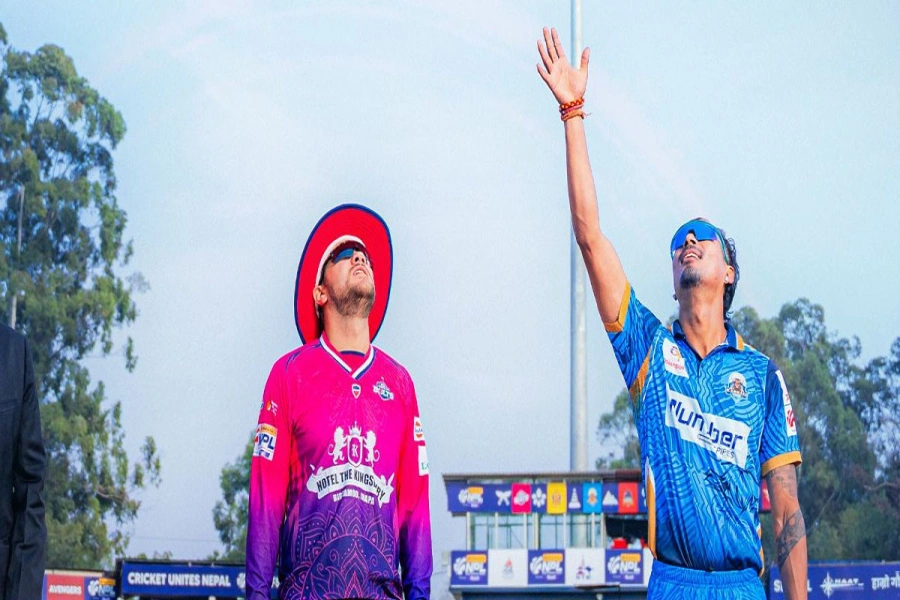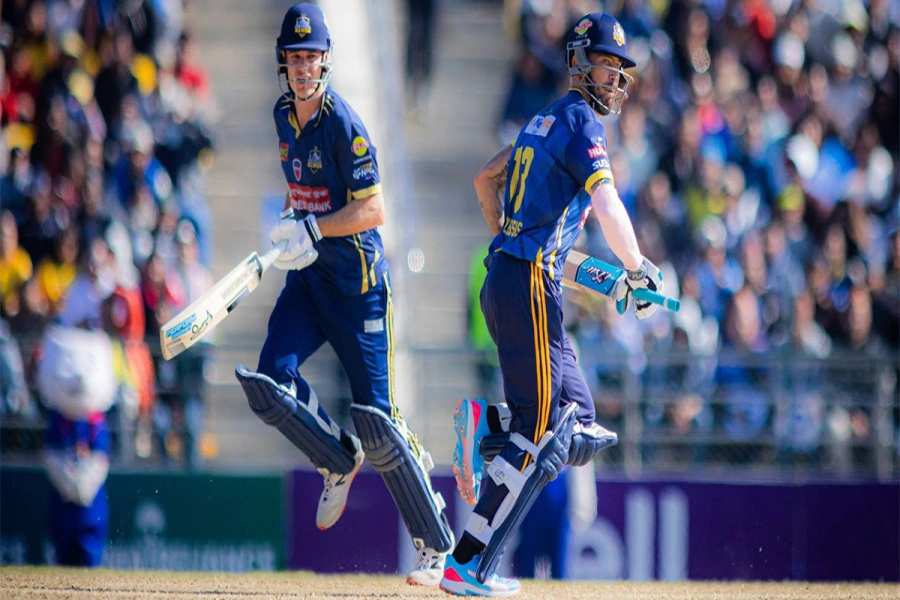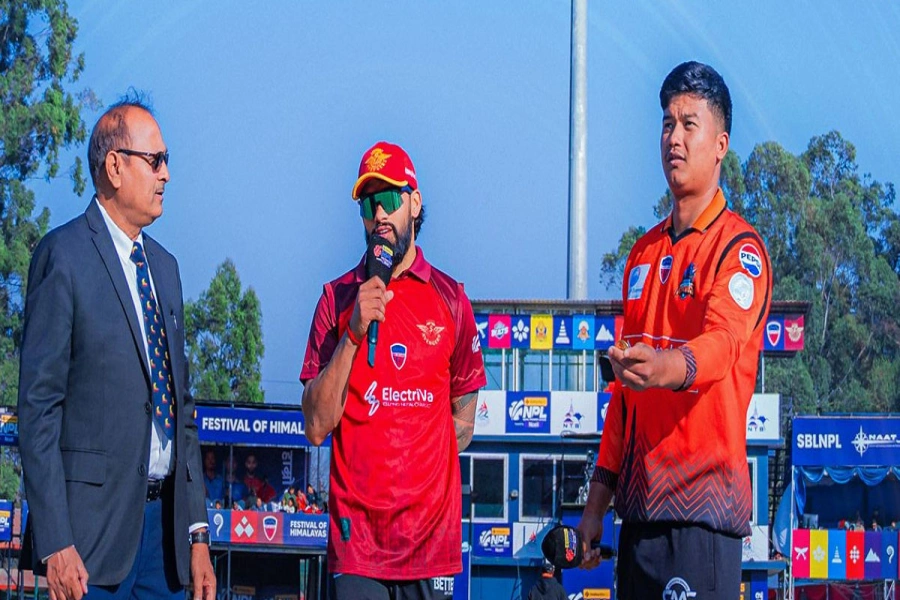Nepal’s streets, once vibrant with the promise of democracy, have become battlegrounds of discontent. A wave of protests—diverse in their causes but unified in their frustration—has rendered the nation’s roads restless and unsafe. From demands for economic reform to calls for restoring the monarchy, these movements reflect a deep-seated anger against a political system mired in stagnation and corruption. Among these, the violent pro-monarchy clashes on March 28, 2025, stand out as a stark symbol of a nation at odds with itself. At the heart of this unrest lies a growing rebellion by Nepal’s youth, exasperated by an aging political elite—gerontocracy—that has failed to deliver on the republic’s promises. Yet, a troubling question looms: can the failures of an old guard, entrenched in power, be rectified by another aging leader, or does Nepal’s salvation lie elsewhere?
The Anatomy of Unrest
Nepal’s recent protests are not a monolith but a mosaic of grievances. Economic stagnation, unemployment, and soaring inflation have fueled demonstrations by students and workers desperate for opportunity. Ethnic and regional groups, long marginalized, march for inclusion and equitable resource distribution. Environmental activists rally against unchecked development, while others demand accountability for corruption scandals that drain public coffers. These movements, though varied, share a common thread: disillusionment with a state that seems indifferent to its people’s needs.
However, the March 28 pro-monarchy protests escalated tensions to a new level. Supporters of the abolished monarchy clashed with security forces in Kathmandu, leaving streets choked with tear gas and littered with debris. The violence, which injured dozens, was not just a nostalgic cry for a bygone era but a visceral rejection of the republic’s current trajectory. For many, the monarchy represents a lost stability, a contrast to the chaos of coalition politics and kleptocratic governance. Yet, the brutality of the clashes—marked by stone-throwing mobs and heavy-handed police response—underscored a deeper truth: Nepal’s public spaces have become arenas of rage, where dialogue is drowned out by disorder.
The Youth’s Rebellion Against Gerontocracy
Leftist parties in Nepal: A rollercoaster of unity and split
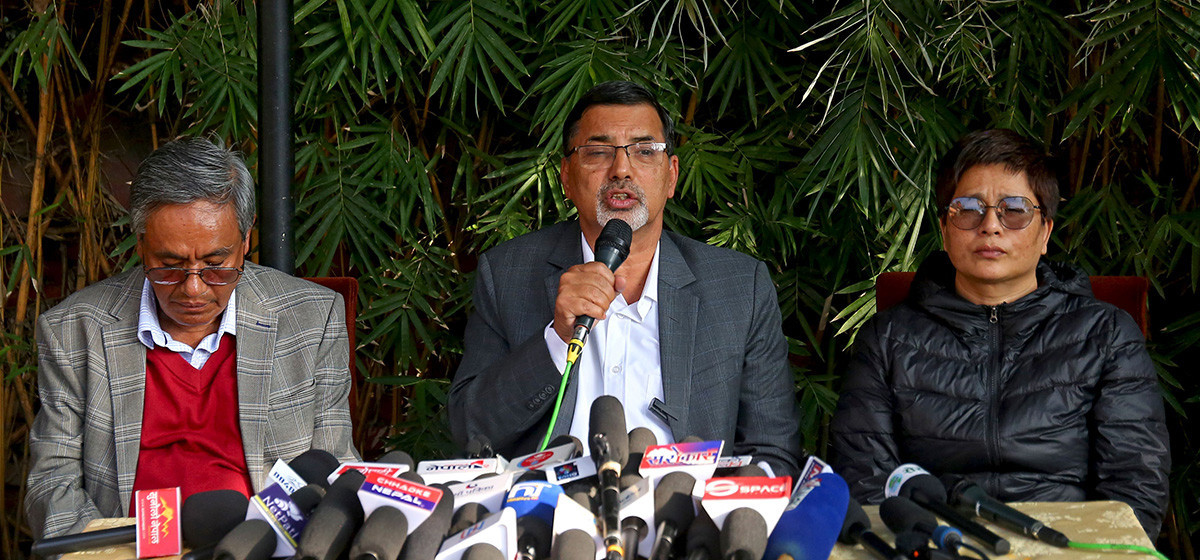
At the forefront of these protests are Nepal’s youth, a demographic that constitutes over 40% of the population yet feels voiceless in the nation’s corridors of power. Born into the hope of the 2008 republic, they have watched it falter under the weight of gerontocracy—a system where elderly leaders, often in their 70s and 80s, dominate politics. Figures like those in the Nepali Congress, CPN-UML, and other major parties have held sway for decades, recycling the same promises while the country suffers. Youth unemployment hovers around 20%, infrastructure crumbling, and education systems fail to prepare graduates for a global economy. For young Nepalis, the gerontocracy is not just out of touch—it is a betrayal.
The frustration is palpable. On social media platforms like X, young activists lambast leaders for their opulent lifestyles amid widespread poverty. Street protests, often led by student unions, chant slogans demanding fresh leadership and systemic reform. The March 28 clashes saw significant youth participation, not just among royalists but also among those who, while skeptical of monarchy, see no hope in the current republic. This generational revolt is less about ideology and more about survival—a demand for a future that feels attainable.
The Paradox of Reform
The unrest raises a critical question: can the republic’s failures, rooted in the misdeeds of an aging political class, be corrected by another elderly leader? Nepal’s history suggests skepticism. The republic’s architects, many of whom still hold power, promised a new era of equality and prosperity. Instead, they delivered coalition gridlock, corruption scandals, and a constitution that, while historic, remains incompletely implemented. Leaders like those in the major parties, despite their revolutionary credentials, have grown comfortable in power, prioritizing loyalty over competence and patronage over policy.
The pro-monarchy movement, ironically, pins its hopes on another aging figure—former King Gyanendra, now in his late 70s. His supporters argue that he represents stability, uncorrupted by the republic’s failures. Yet, this is a flawed proposition. The monarchy’s own history of autocracy and exclusion contributed to its downfall in 2008. Expecting a septuagenarian ex-king to resolve Nepal’s modern crises ignores the need for dynamic, inclusive leadership attuned to a globalized world. It is a paradox: both the republic’s gerontocrats and the royalist alternative offer more of the same—an old guard clinging to relevance in a nation crying for change.
A Nation at the Crossroads
The unrest on Nepal’s streets is a symptom of deeper malaise. Gerontocracy has bred a political culture resistant to innovation, where party hierarchies stifle young talent and democratic processes feel performative. Corruption, enabled by this stagnation, erodes trust in institutions, leaving citizens to vent their fury in public spaces. The March 28 violence is a warning: without reform, Nepal risks spiraling into further instability, where protests turn into insurgencies or authoritarianism fills the vacuum.
The path forward lies not in recycling old leaders—republican or royal—but in empowering new ones. Political parties must decentralize power, fostering meritocracy over seniority. Age limits, like those briefly proposed in parties like CPN-UML, could force generational turnover. Electoral reforms, ensuring fair representation for youth, women, and marginalized groups, would breathe life into democracy. Meanwhile, economic policies targeting job creation and education reform could harness the youth’s potential, turning their anger into agency.
Civil society, too, has a role. Nepal’s vibrant media and activist networks can amplify demands for accountability, exposing corruption and pressuring leaders to act. International partners, rather than propping up elites, should support grassroots initiatives and transparent governance. Above all, Nepal’s youth must be heard—not as agitators but as stakeholders in a republic that belongs to them.
Conclusion
Nepal’s streets are a mirror of its soul—restless, wounded, but defiant. The protests, from the violent royalist surge of March 28 to the daily cries for justice, reflect a nation tired of waiting for its leaders to deliver justice. Gerontocracy, with its stranglehold on power, has pushed the youth to the edge, turning roads into arenas of resistance. Yet, the solution cannot be another aging savior, whether republican or royal. Nepal’s future demands a break from the past—a democracy that trusts its young, honors its diversity, and governs for all. Only then can the streets find peace, and the nation find its way.




